Costa Rica: Our Third Port of Call
January 2022
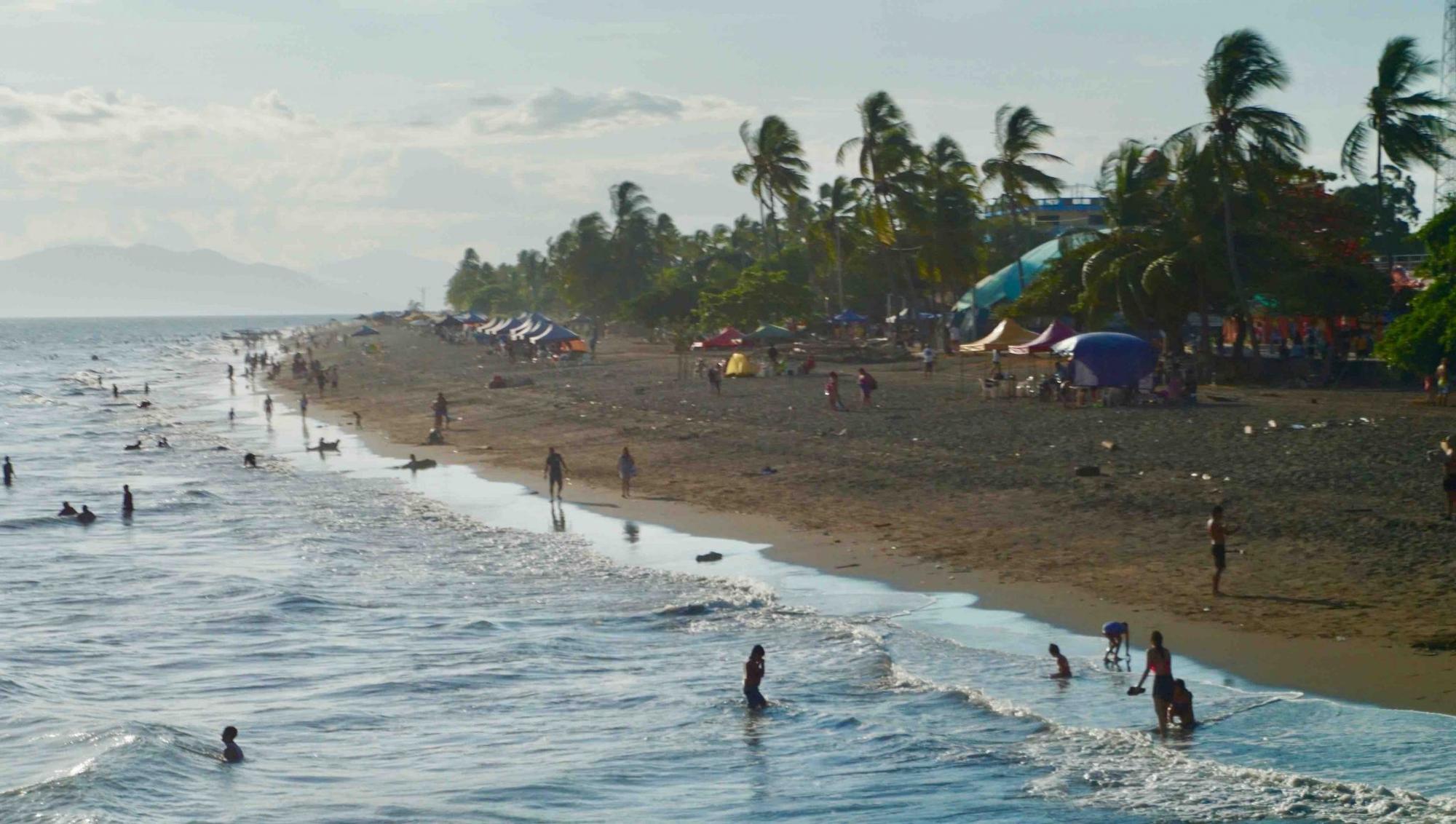
Our third Viking port of call was Puntarenas, Costa Rica. As usual, several excursion choices were offered. We chose one entitled “Walk in the Clouds.” We boarded a bus for an hour’s drive from the coast up to the highlands of the central valley running through the country. Our Costa Rican tour guide spoke for the whole hour as we traveled, providing many details about his country. I remain very interested in Costa Rica, having heard that it is a popular destination for retired Americans wishing to relocate to a foreign country less expensive than the US and having a great climate. I’m happy to continue to live in Reno, but we might want to visit Costa Rica again for a more in-depth visit.

Here are a few of the facts we learned during our bus trip to the “walk in the clouds.” Costa Rica is perhaps best known for its coffee. But coffee is only its fifth largest export. Number four is pineapples, number three is bananas, number two is computer chips(!), and Costa Rica’s number one export is medical products—pharmaceuticals and medical devices. Pfizer has a manufacturing plant in the capital, San Jose. (But this factory does not manufacture covid vaccines.) But even larger than exports is Costa Rica’s largest industry: tourism.
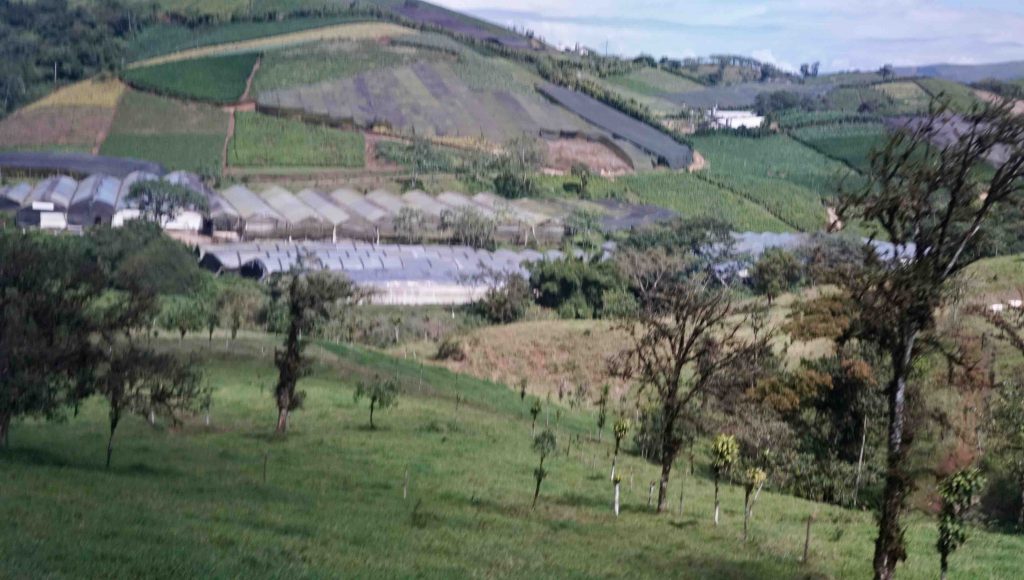
Costa Rica is richer than its northern neighbor Nicaragua. Thus, many Nicaraguans perform farm labor and other undesirable jobs because they can earn three to four times as much working in Costa Rica as in Nicaragua. The minimum wage in Costa Rica is based on monthly salaries, not hourly wages. That minimum is $500/month. All workers in Costa Rica pay a standard 10% tax which entitles them to health insurance as well as 60% of their annual wage at retirement. Employers match their workers’ 10%tax with their own tax rate. The Costa Rican government encourages business development by waiving taxes on many businesses. (Their employees still pay taxes along with the employers’ contributions.) Costa Rica does not have a military. (What a wonderful policy for a small country.) Thus, all its government’s expenditures are focused on infrastructure, business development, and their citizens’ welfare. Because the government sees benefit in attracting retirees from the US, tax laws are very favorable for immigrating Americans.
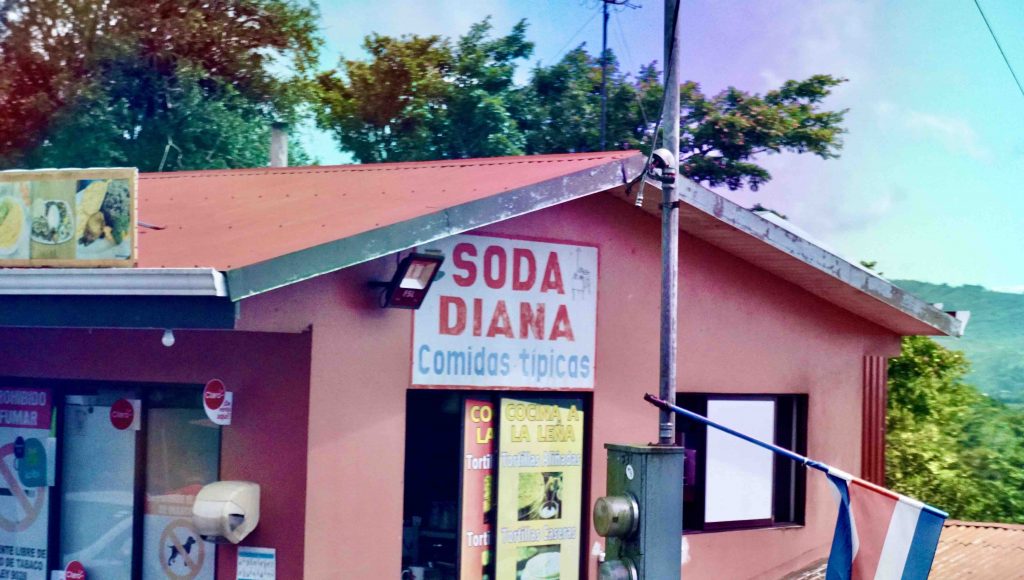
Our guide provided two interesting linguistic items associated solely with Costa Rica. (I’ve confirmed this with my Spanish teacher in Reno.) First, the word “soda.” This is not a soft drink. Instead, it is a designation of a restaurant of no more than ten tables that provides local cuisine at a very cheap price, usually just the day’s featured meal. The word “restaurante” for Costa Ricans refers to larger eating establishments with more extensive menus. Only after our guide mentioned this fact did I start to look for examples to photograph (difficult from a fast-moving bus).
The second Costa Rican linguistic specialty is “pura vida” = “pure life.” This phrase can be the answer to many different questions, such as: How are you? How was your vacation? How is your family? How is your job? How do you feel? How was your dinner last night? What are your plans for tomorrow? This and similar questions may simply be answered, “Pura vida!”
Costa Rica’s eastern Caribbean coast is wet because of frequent storms. It’s western coast is dryer due to prevailing dry weather patterns. In the middle of the country is a central valley and a mountain range that divides the east from the west weatherwise. That Costa Rican central valley is where coffee is grown in the higher elevations. There are also numerous greenhouses in which tropical orchids and flowers are grown for export.
Our “walk in the clouds” tour took place in a high altitude tropical rain forest. The central mountain range is typically covered by clouds, and this was the case for part of the day of our excursion. Our tour was facilitated by metal suspension bridges that crossed the rushing streams and the lush surrounding vegetation. Besides many hummingbirds, a large boa constrictor snake was spotted resting in some tree branches. (He was too far away for a photo.) Jaguars are also present in the rain forest, but luckily we didn’t encounter any. The same resort offering the rain forest tours also offered ziplining. But that was not attempted by any of our fellow cruisers.
Traveling on a world cruise is a great way to see many countries for a very short time. Clearly, a one day visit is very superficial in terms of really experiencing a country. Costa Rica has a larger proportion of its territory protected in national parks than any other country in the world. Thus it is home to a tremendous number of bird and plant species. It is home to several active volcanos. It contains excellent eco-resorts featuring river-rafting, horseback riding, and other activities sought by tourists desiring to vacation in a nature resort. This is why tourism is Costa Rica’s largest industry. If Susan and I don’t want to take a future cruise, we might consider another visit to the lovely country of Costa Rica.
Below, one of the several suspension bridges, followed by two wild orchids from the Walk in the Clouds.
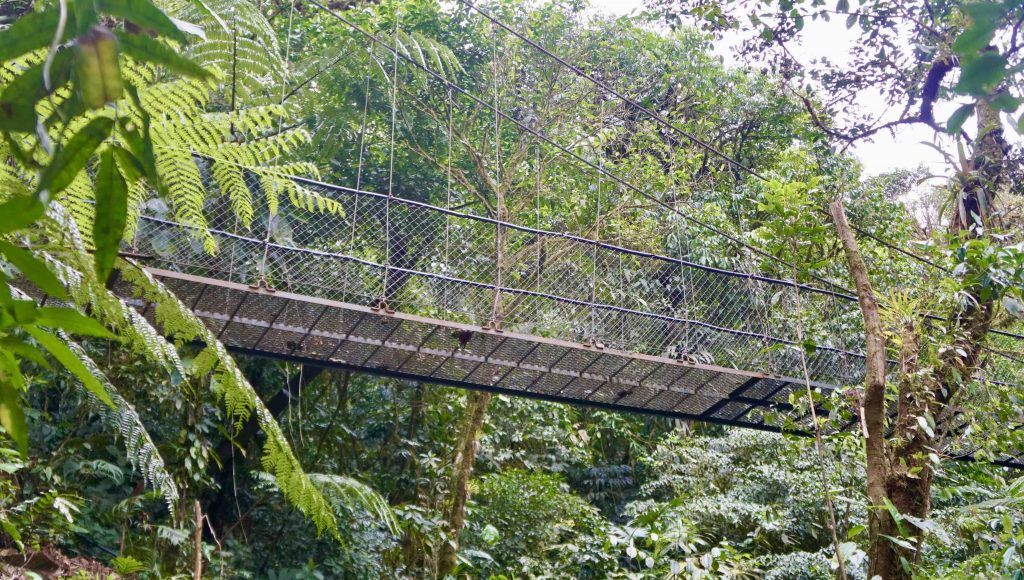
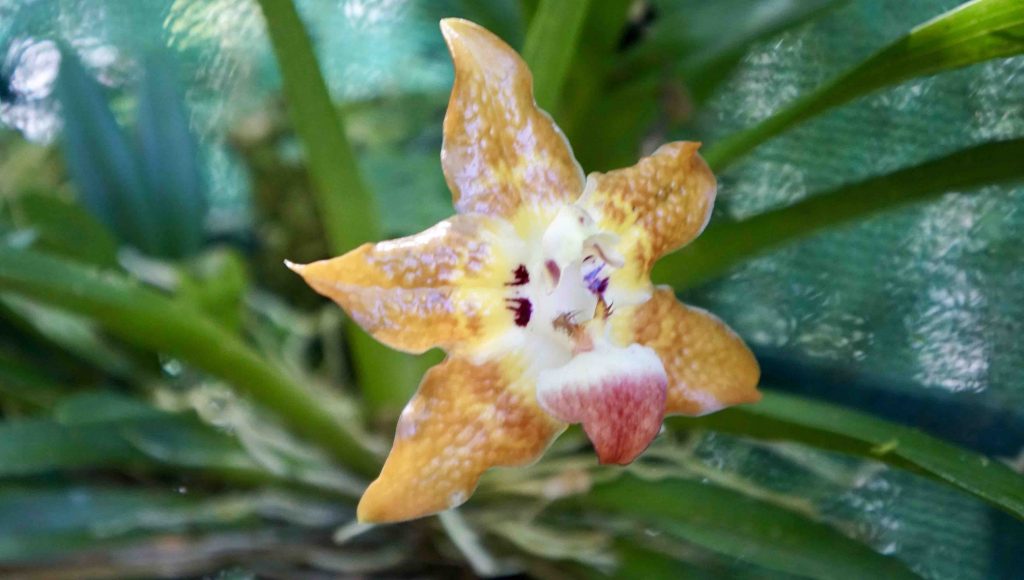
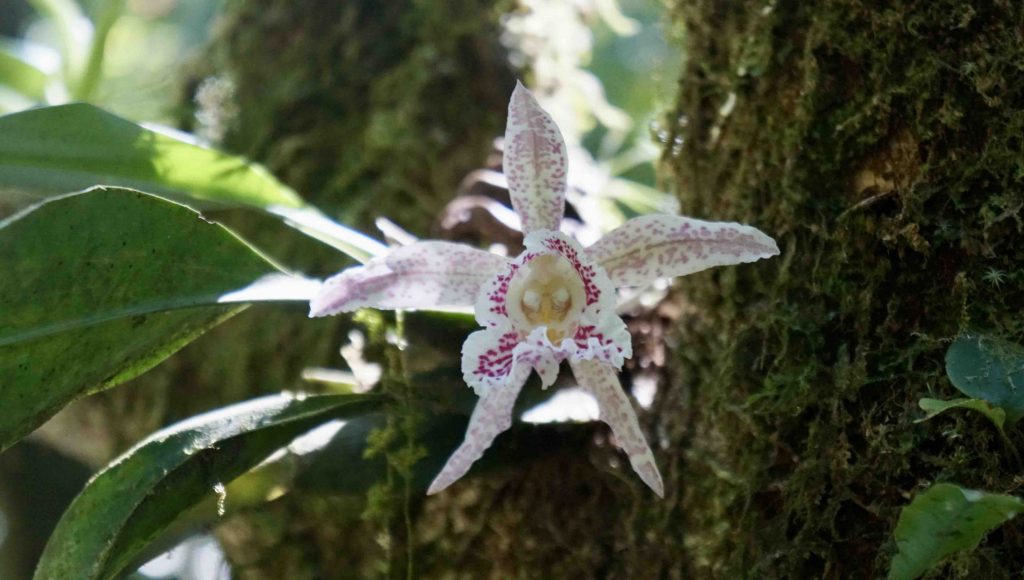


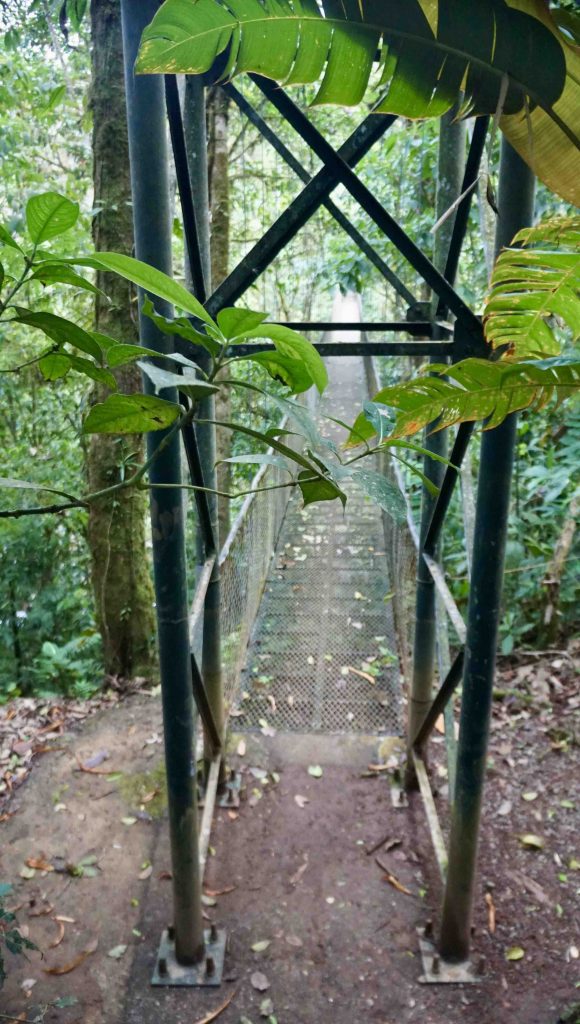
8 Comments on Costa Rica: Our Third Port of Call
Join the Conversation